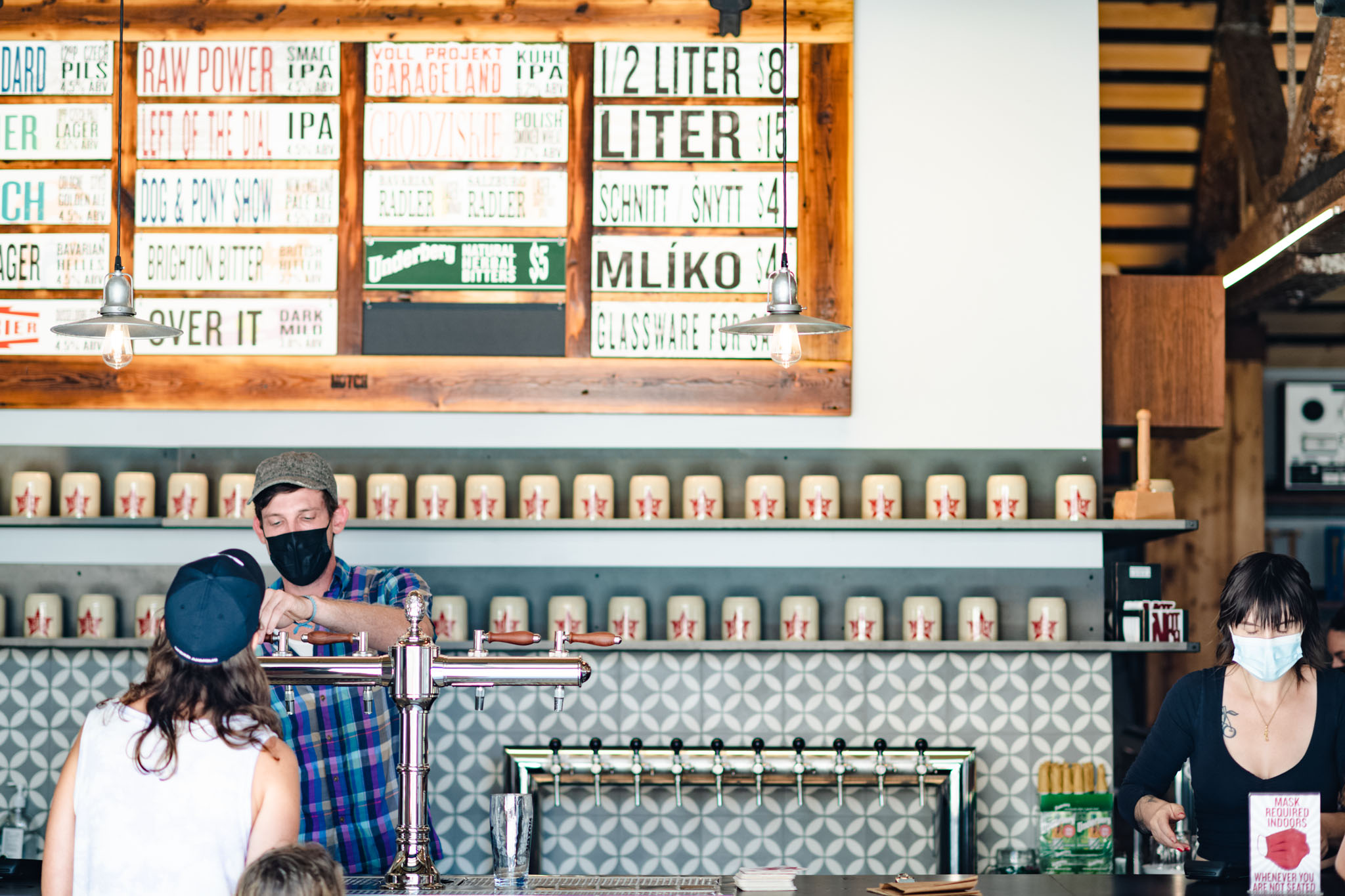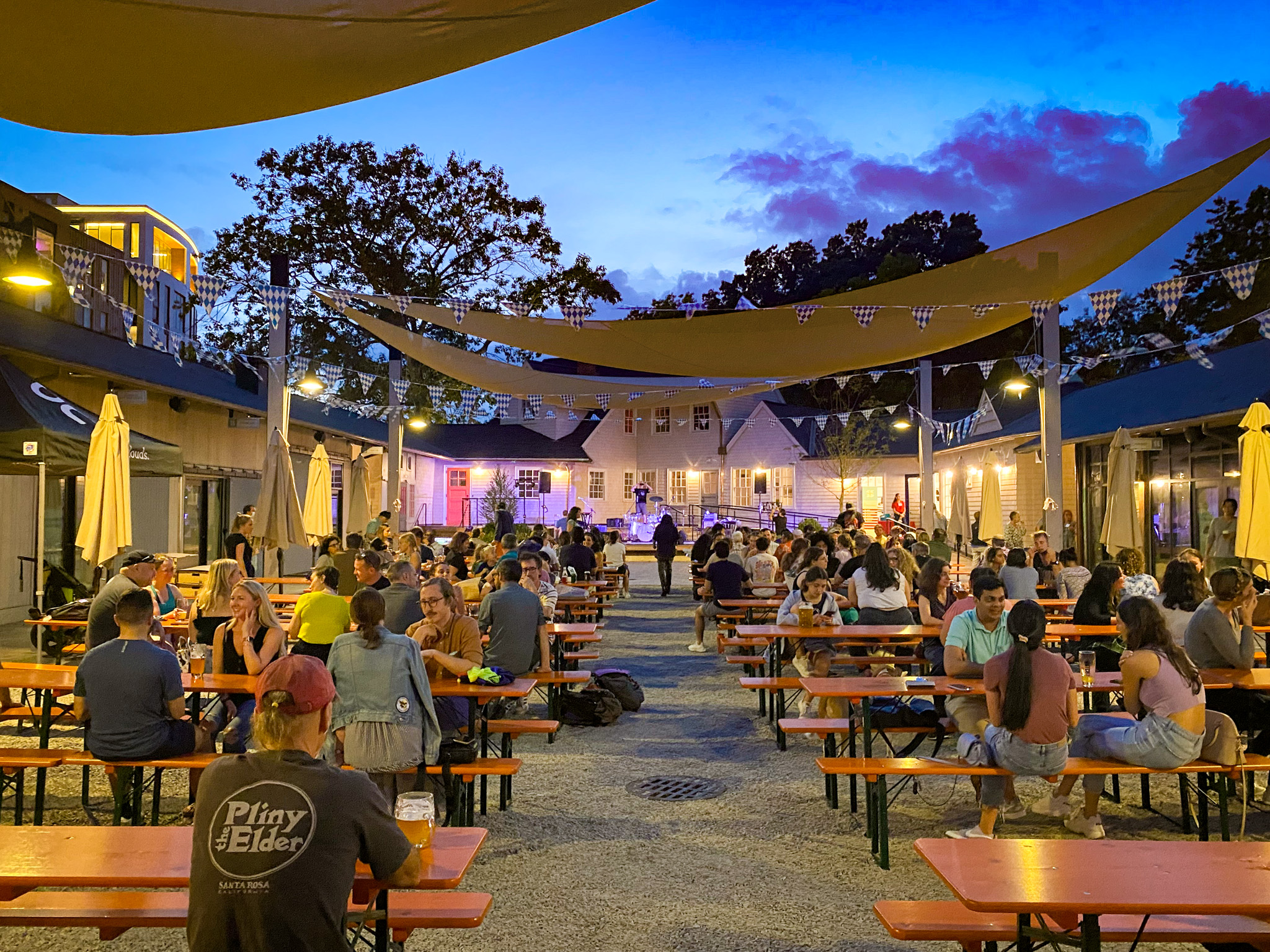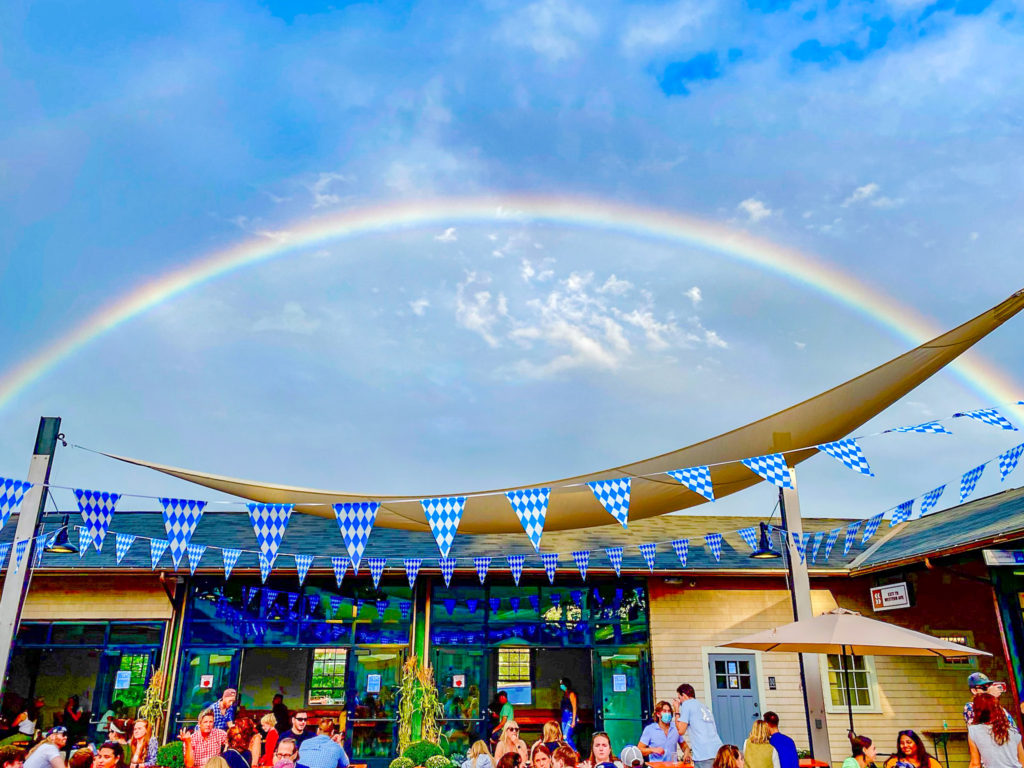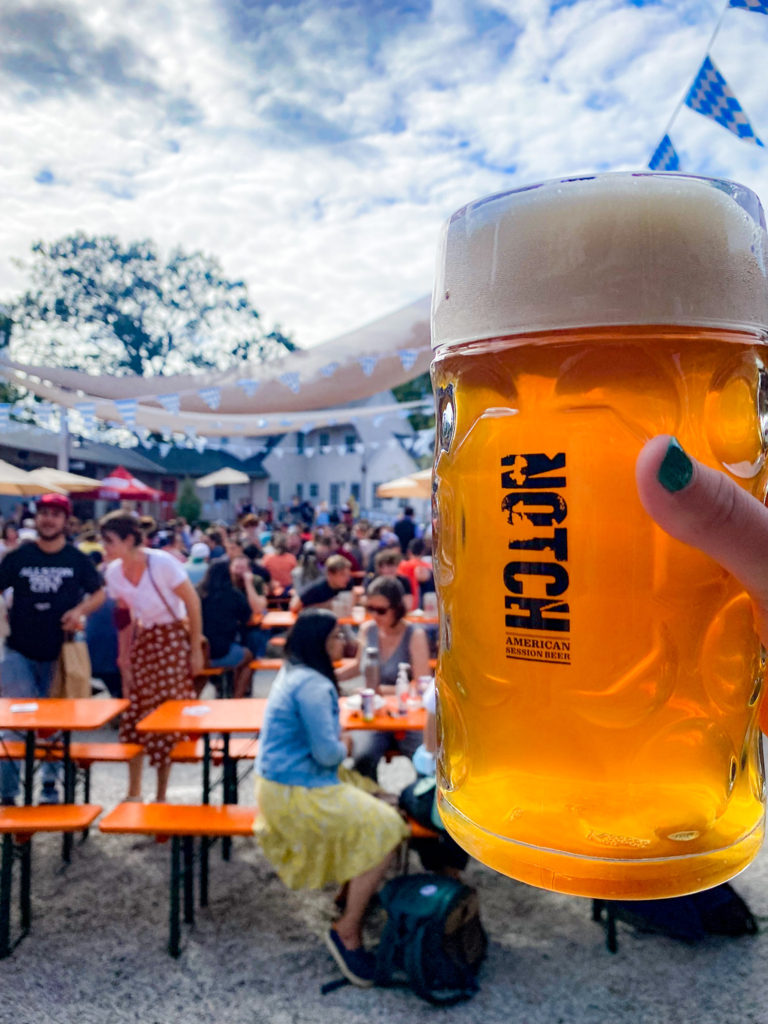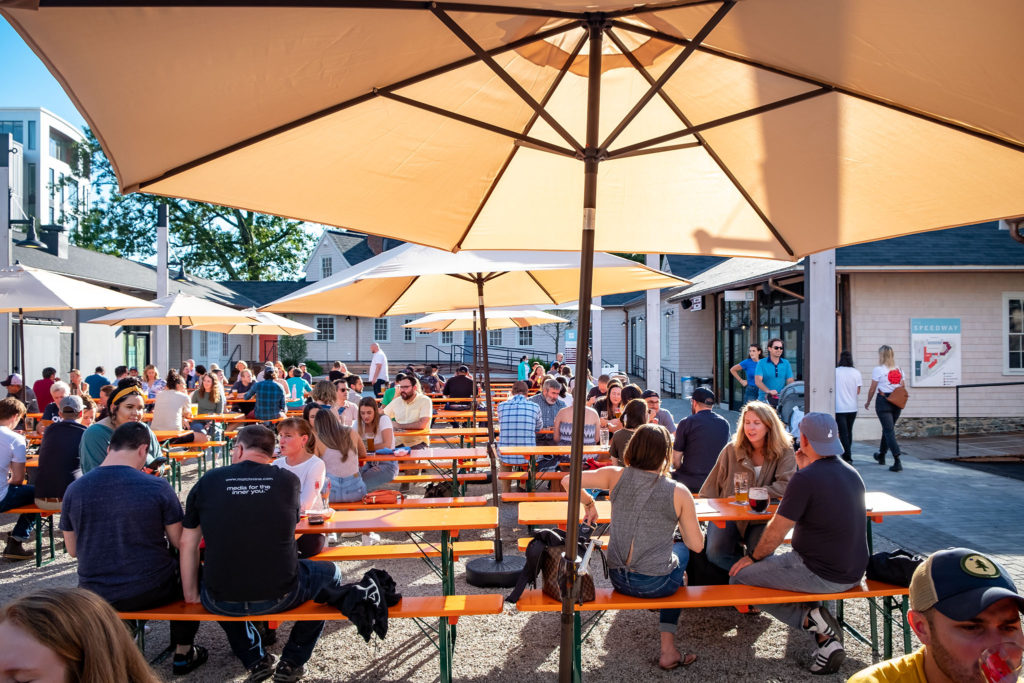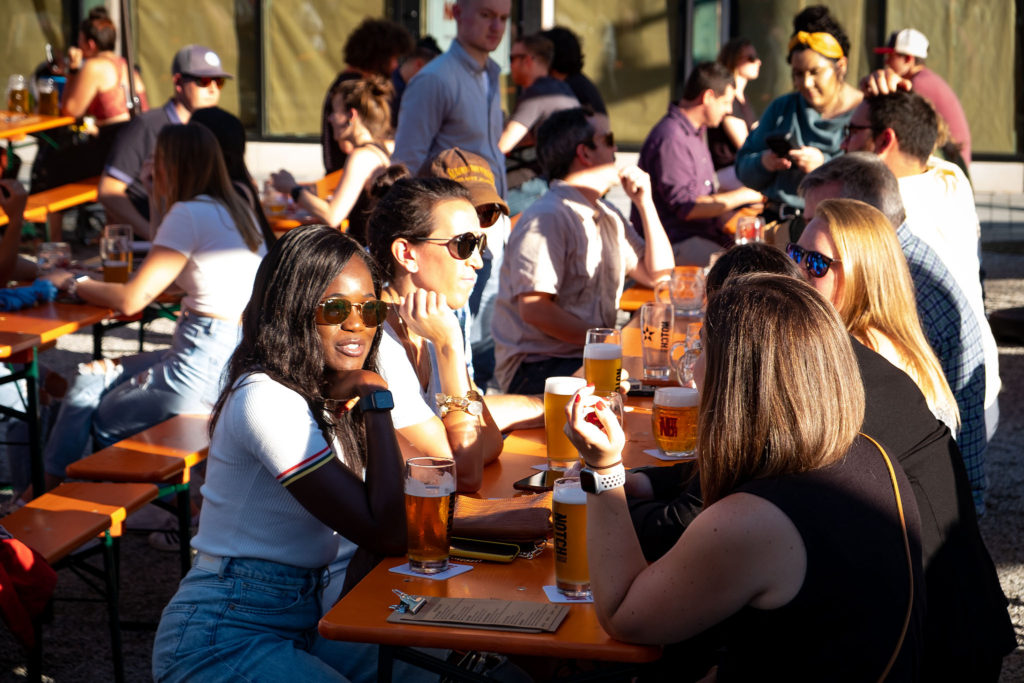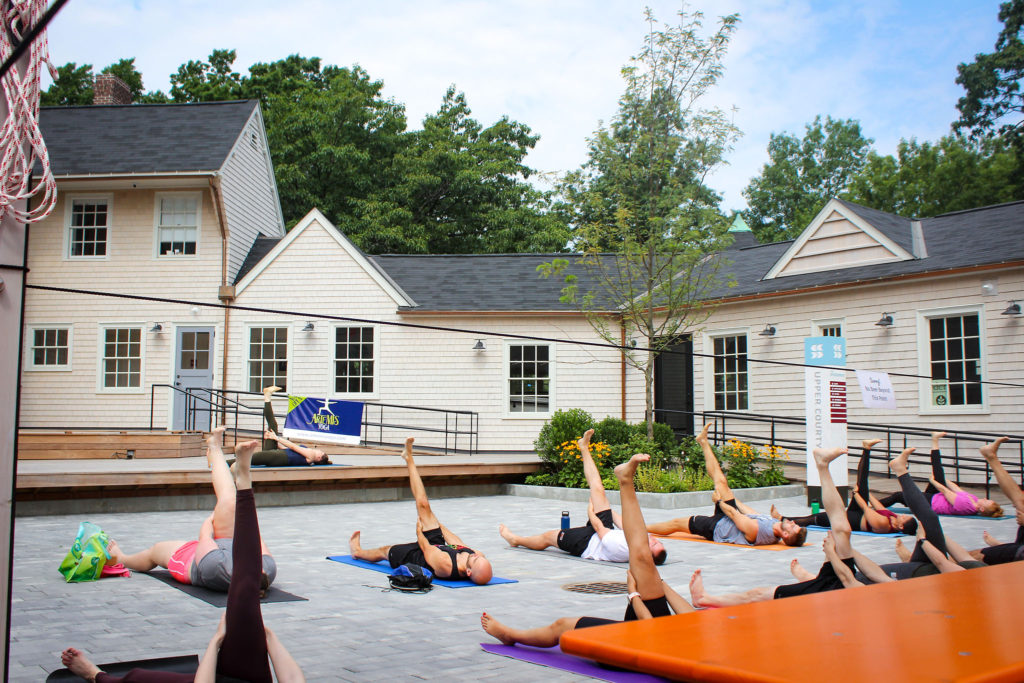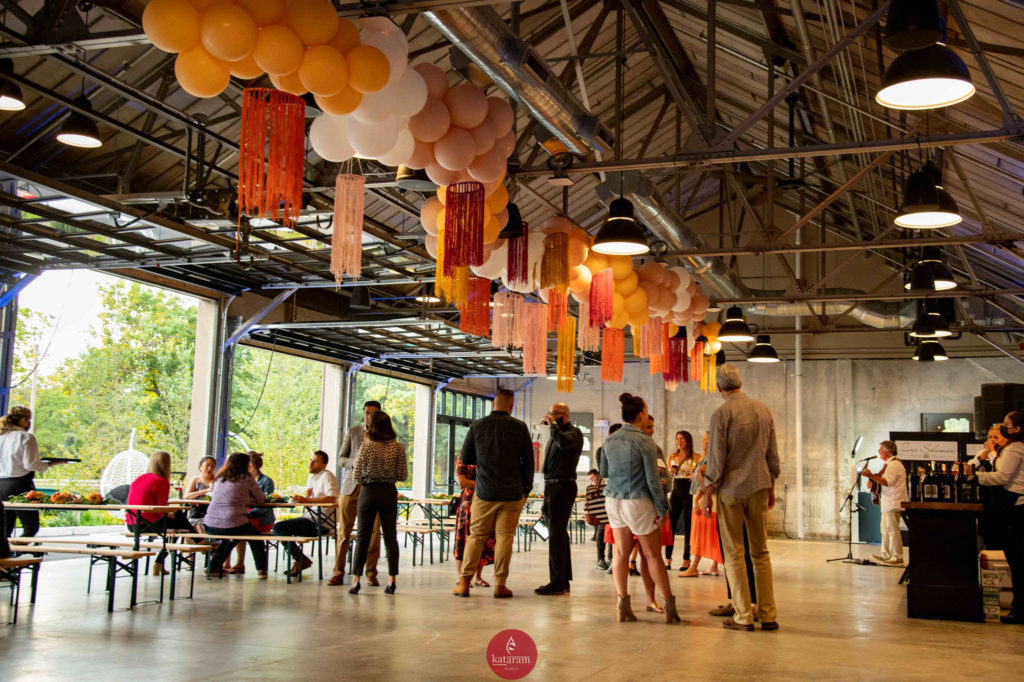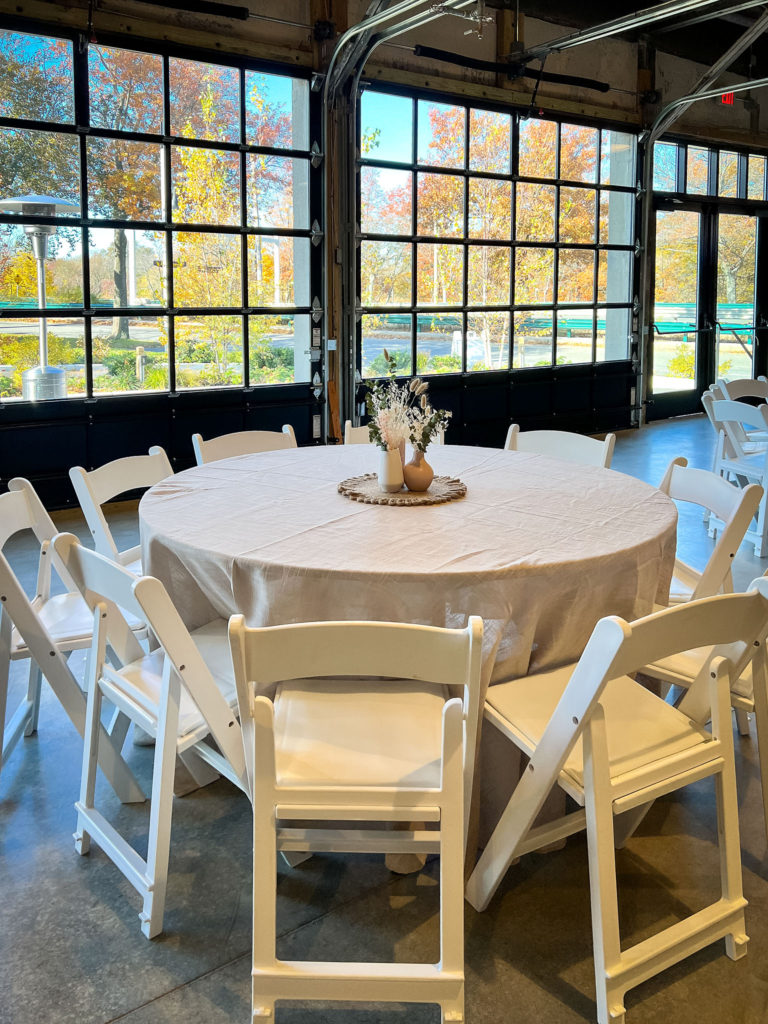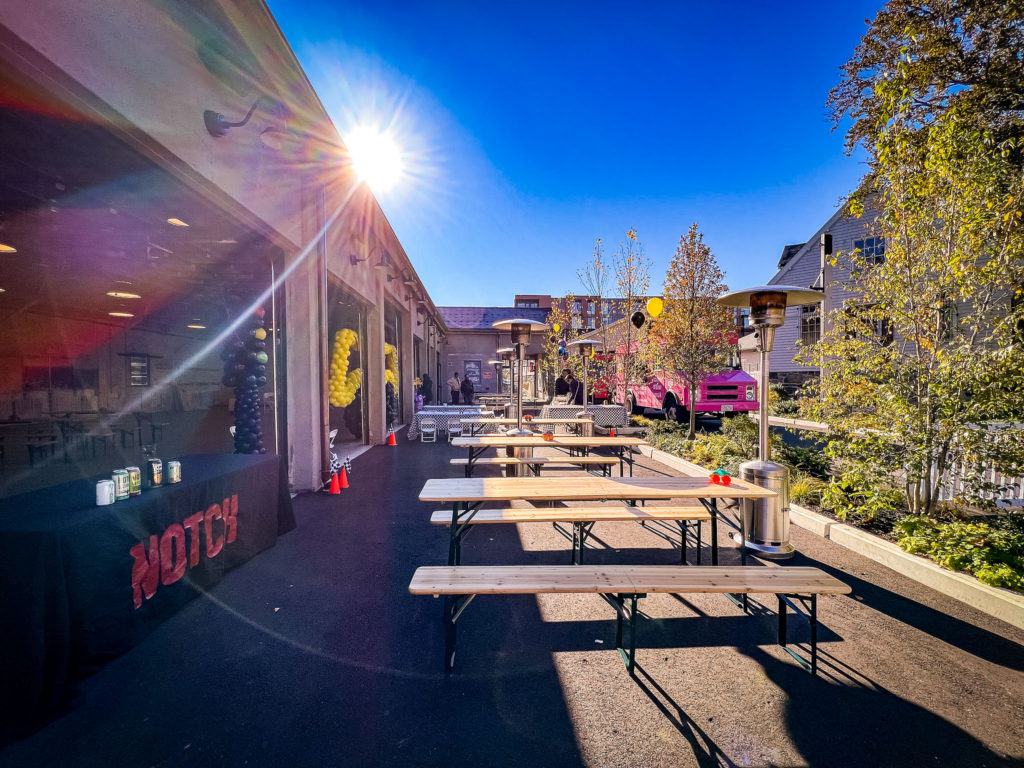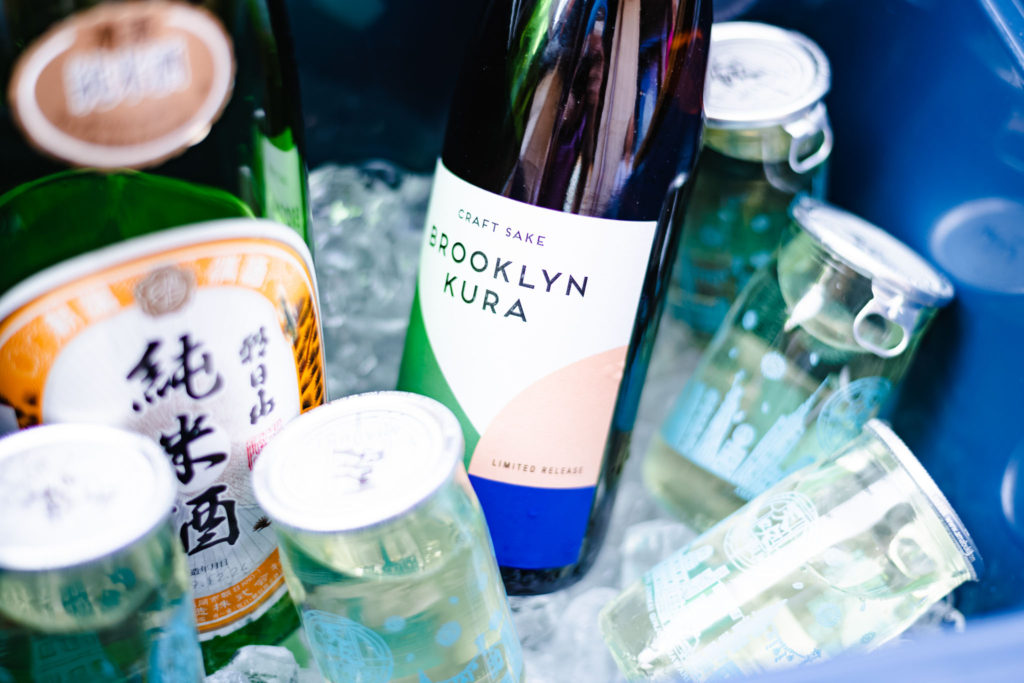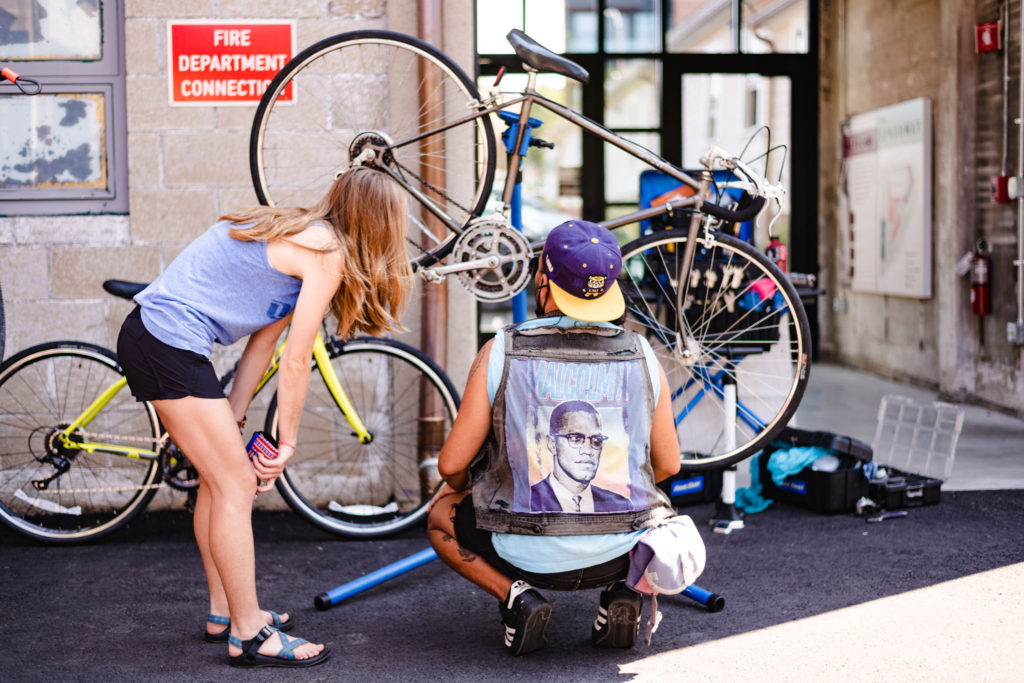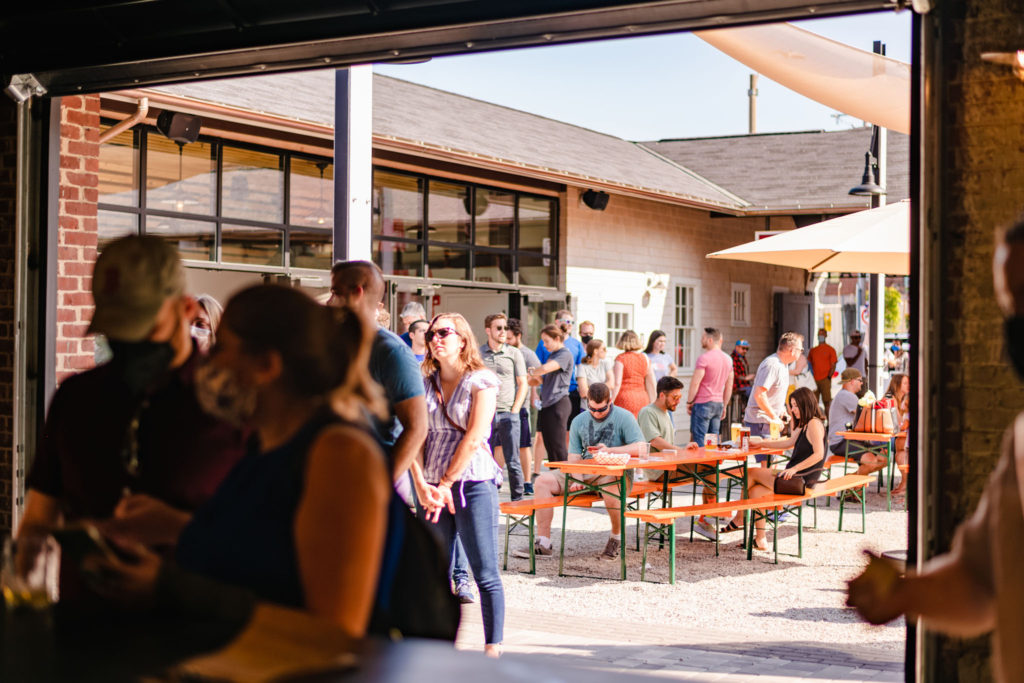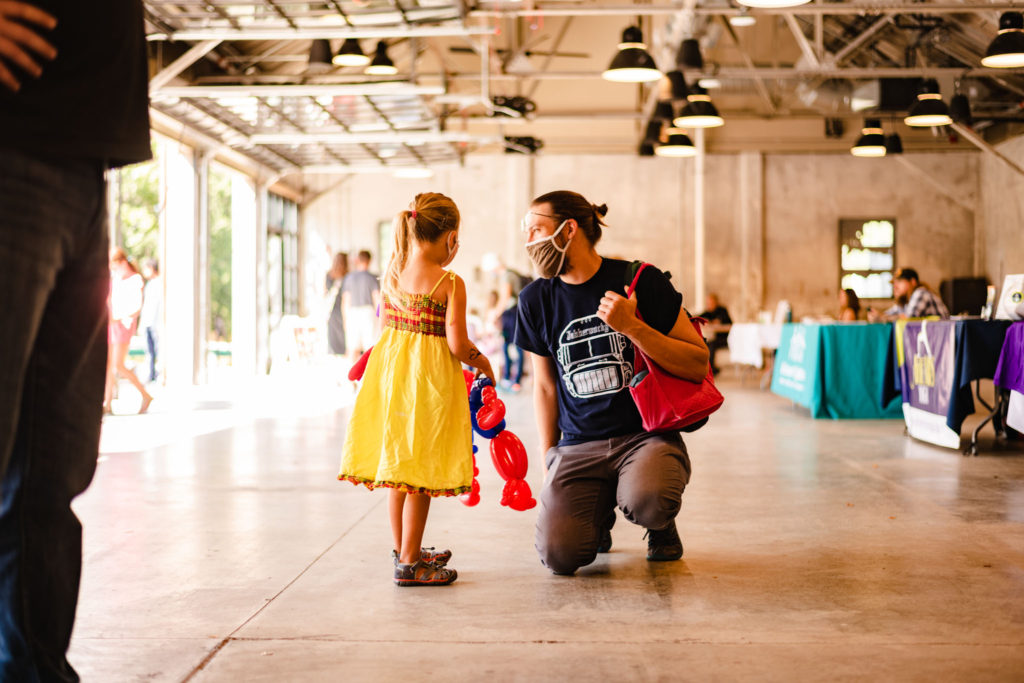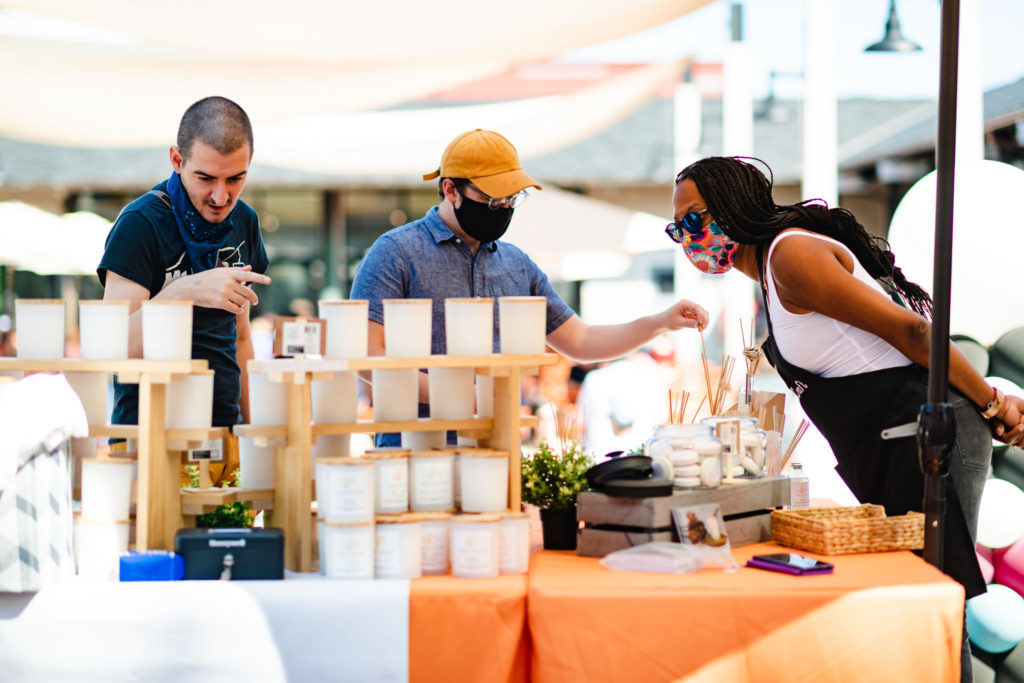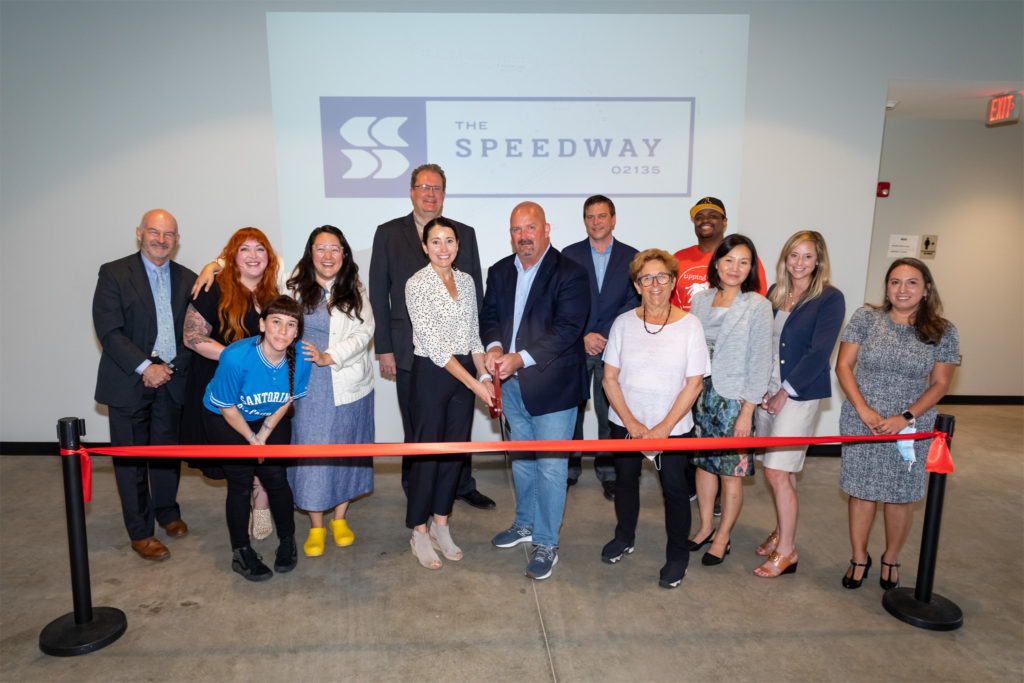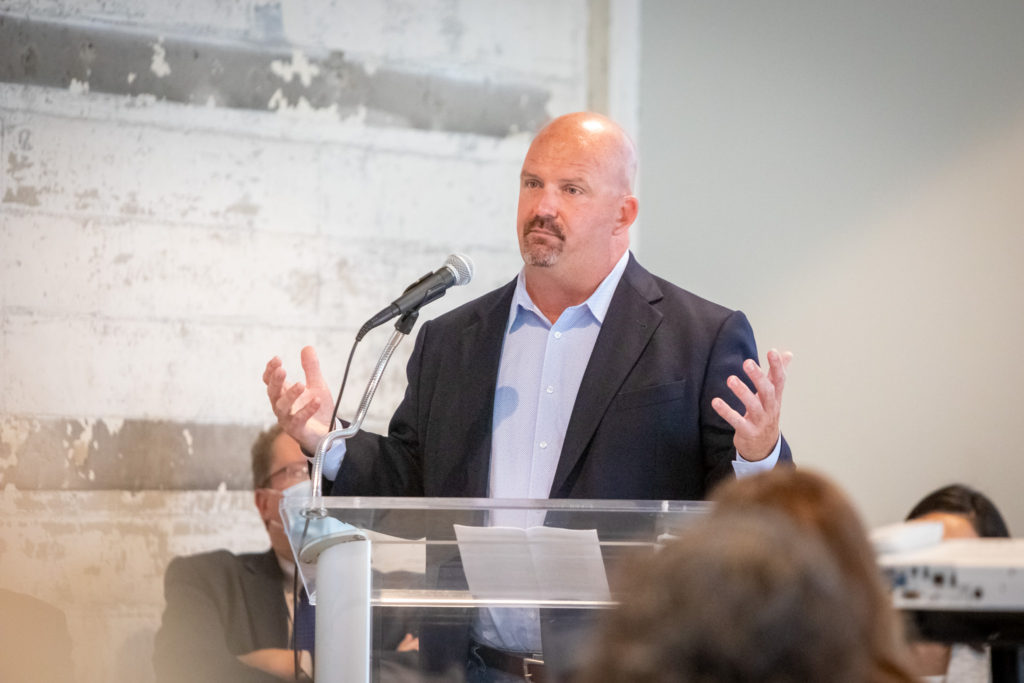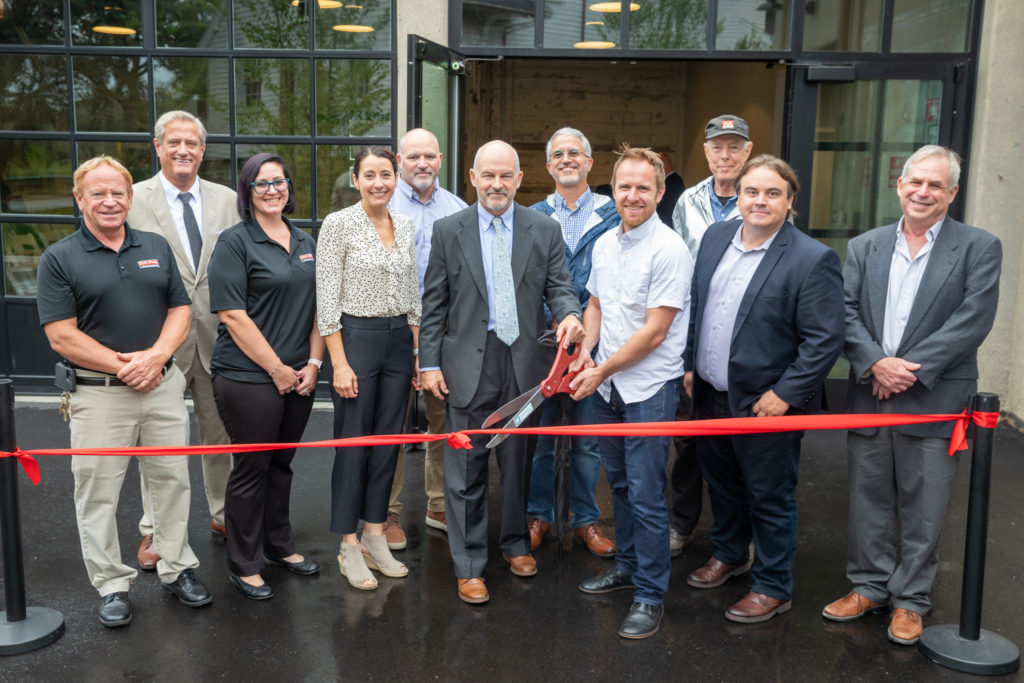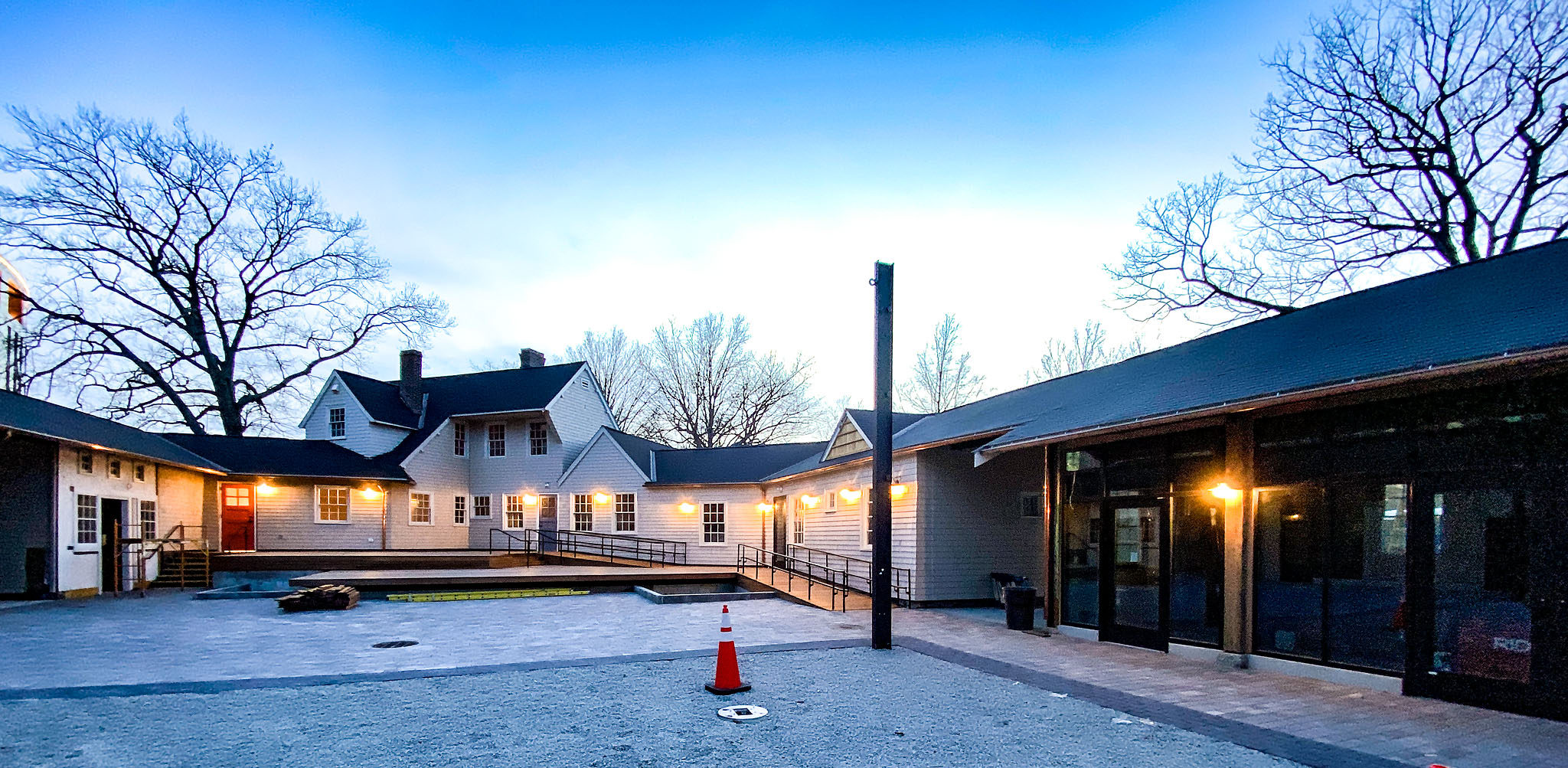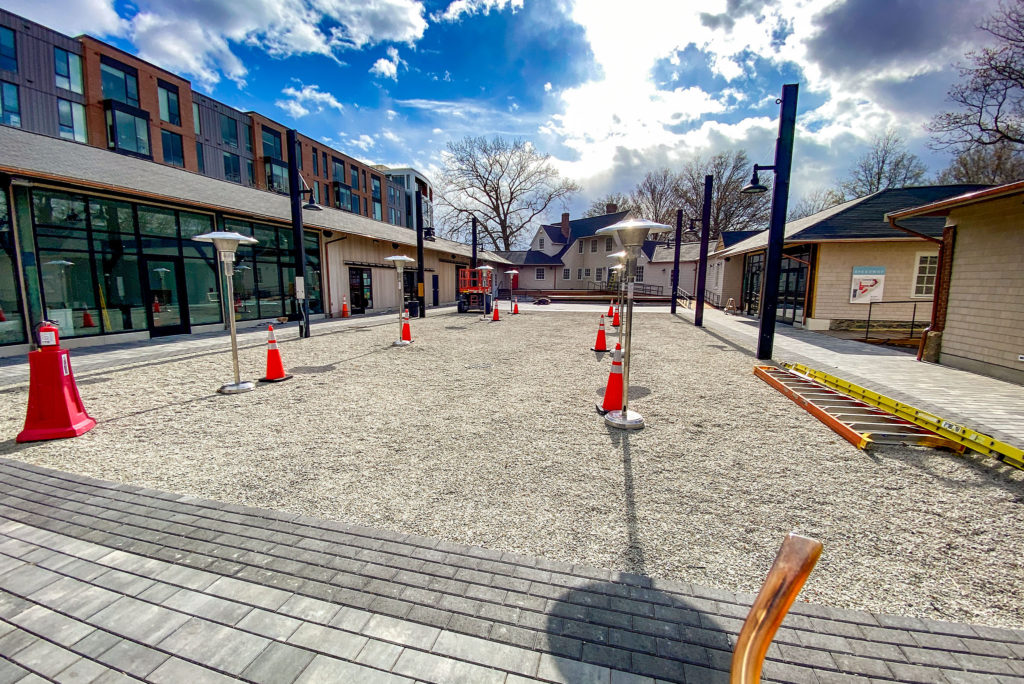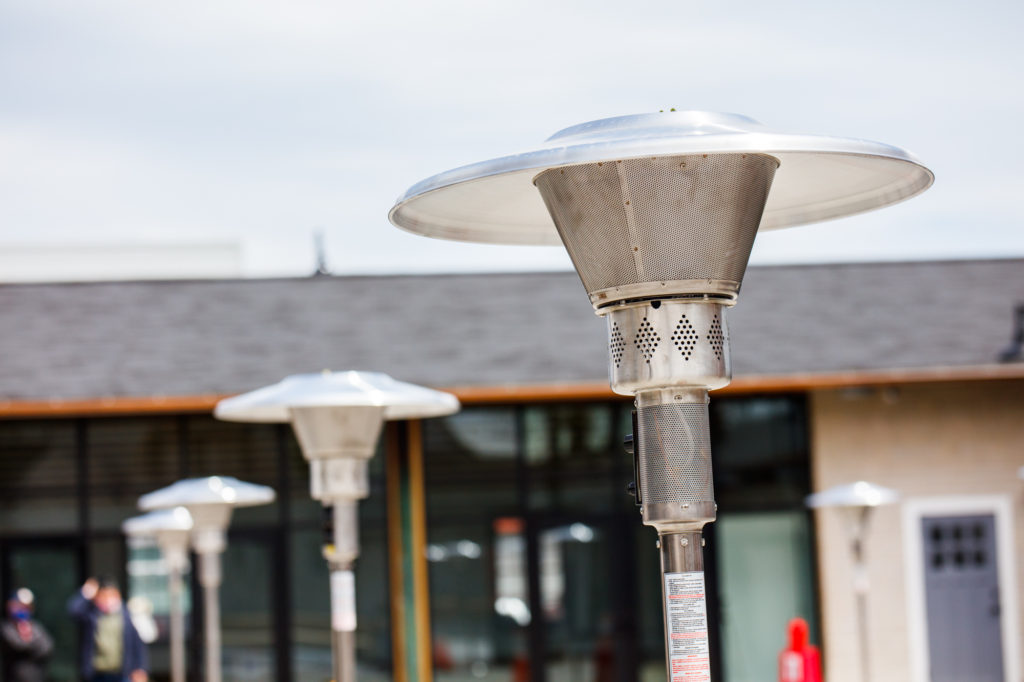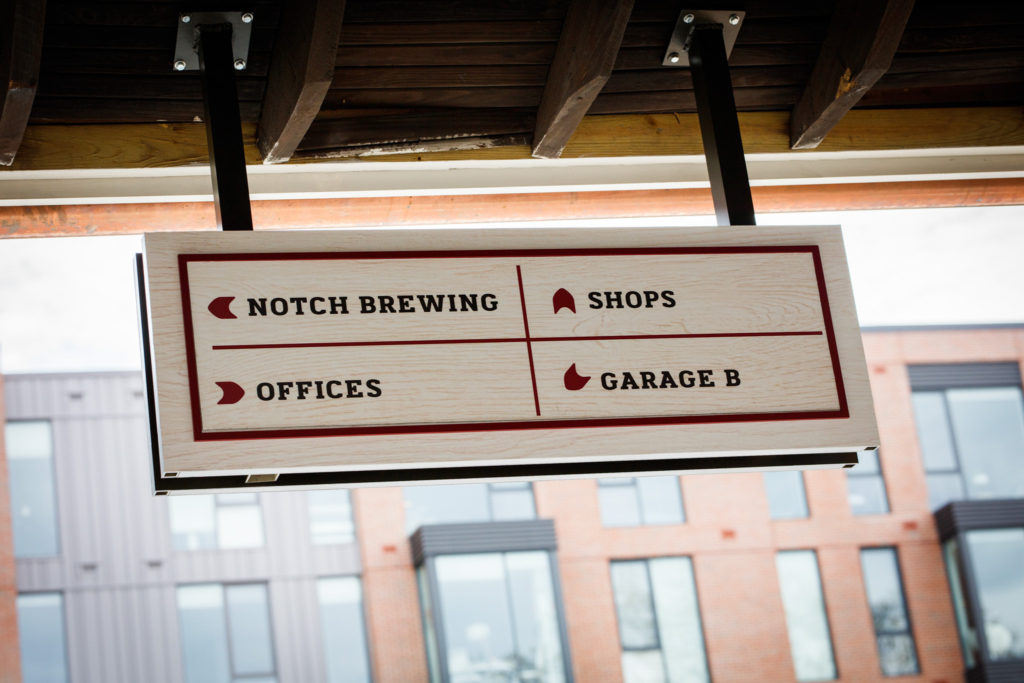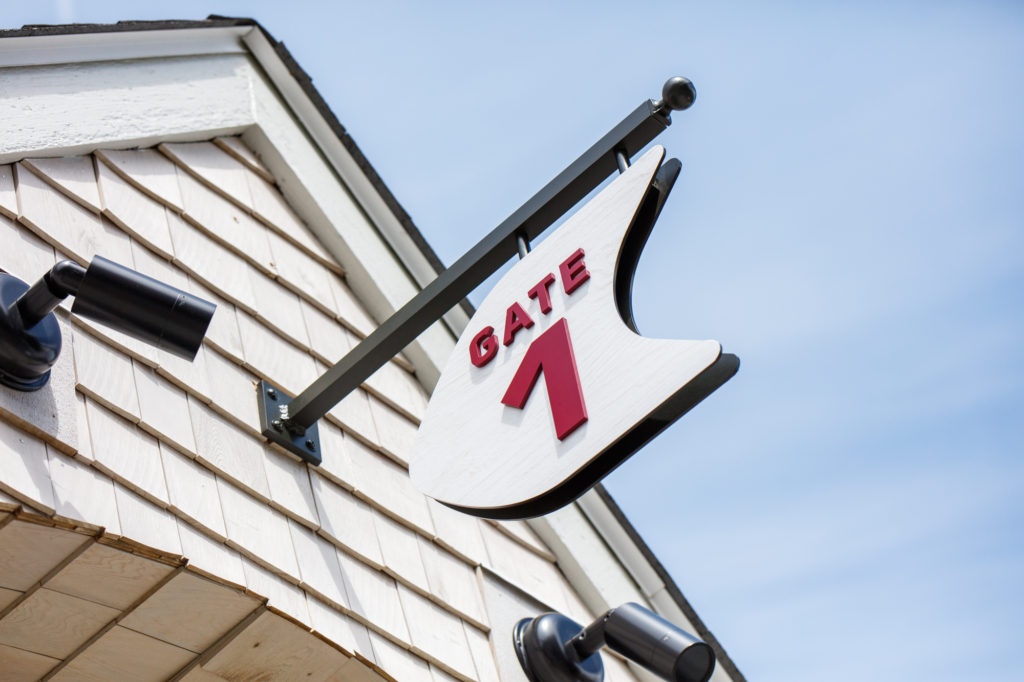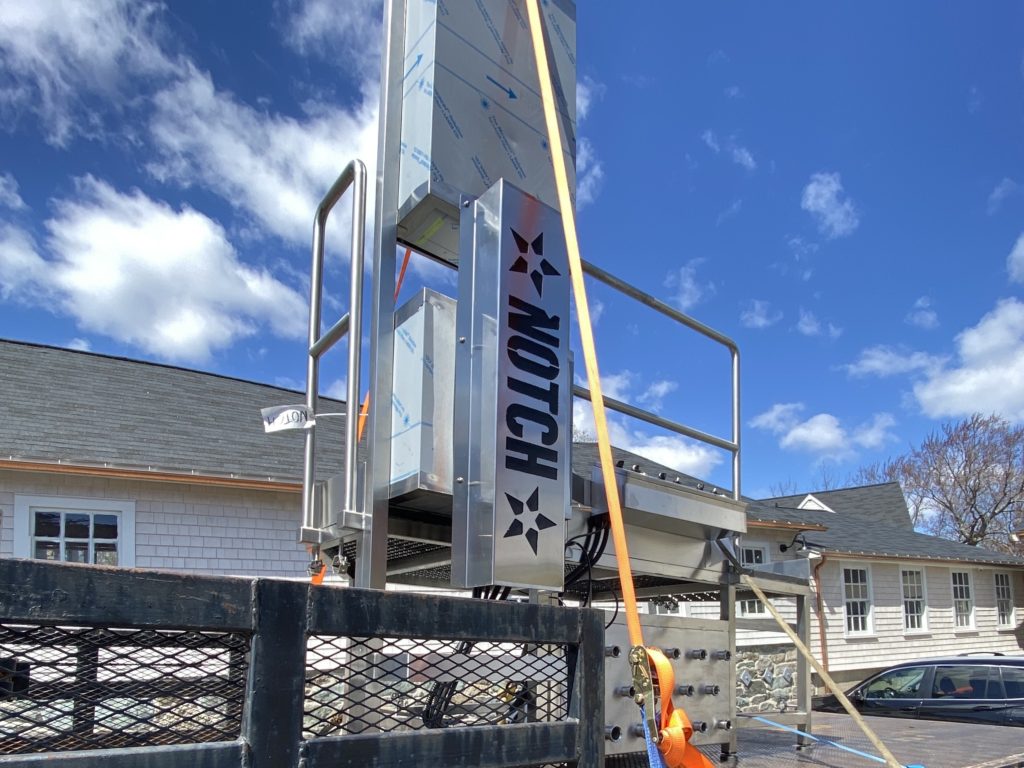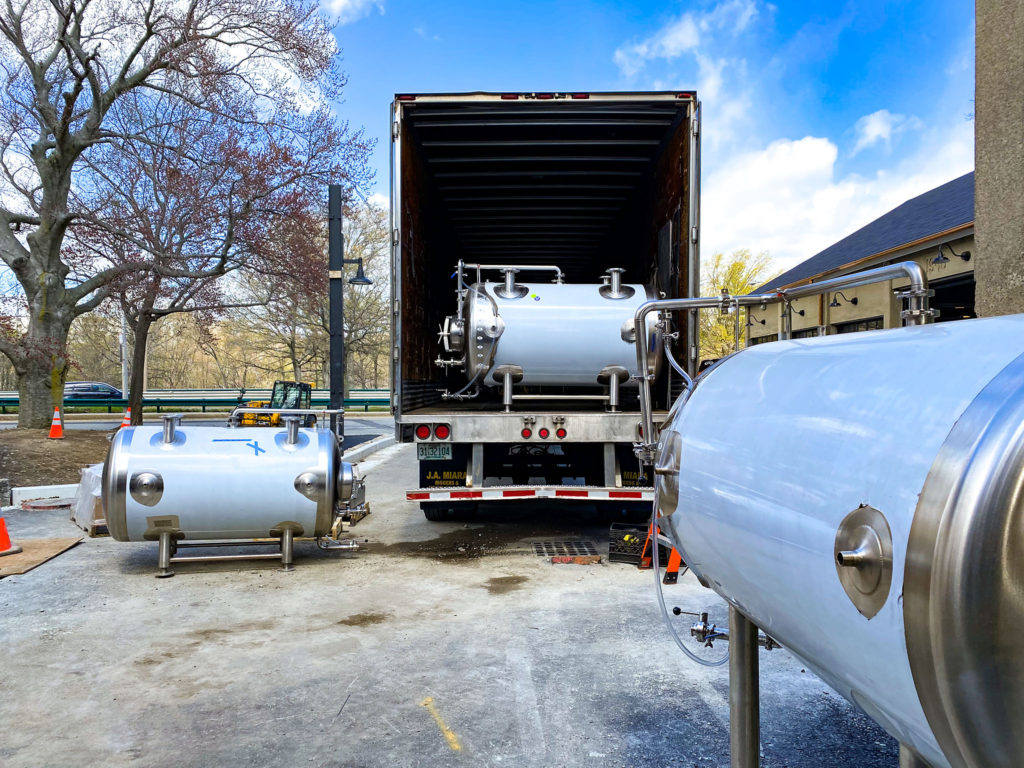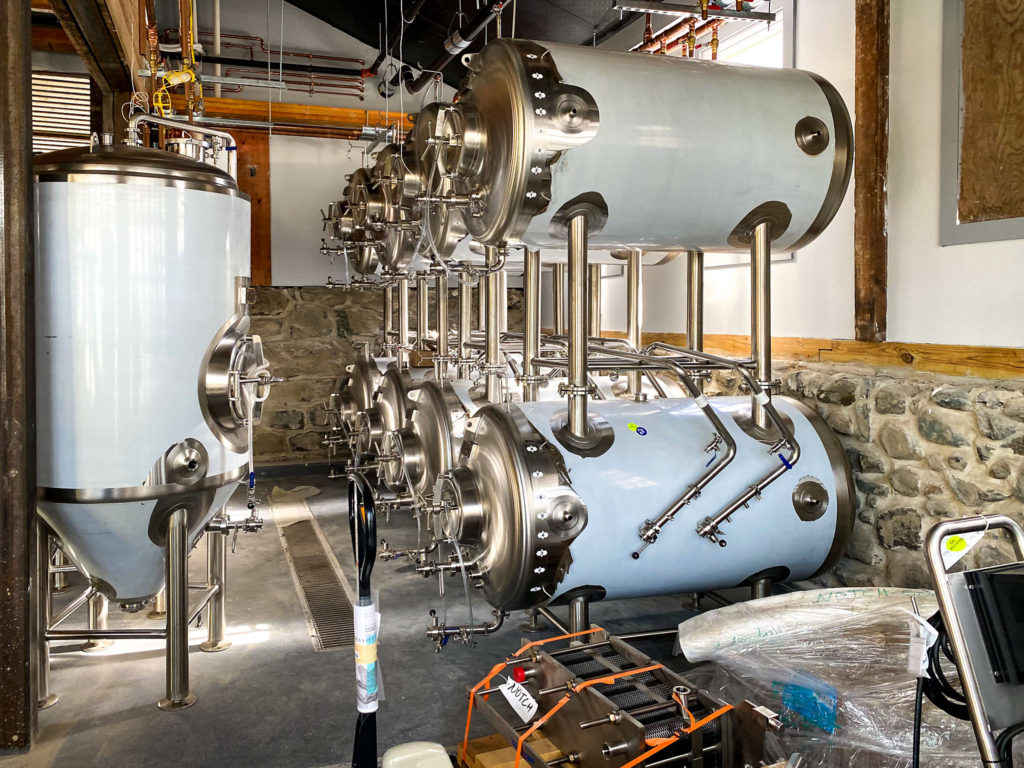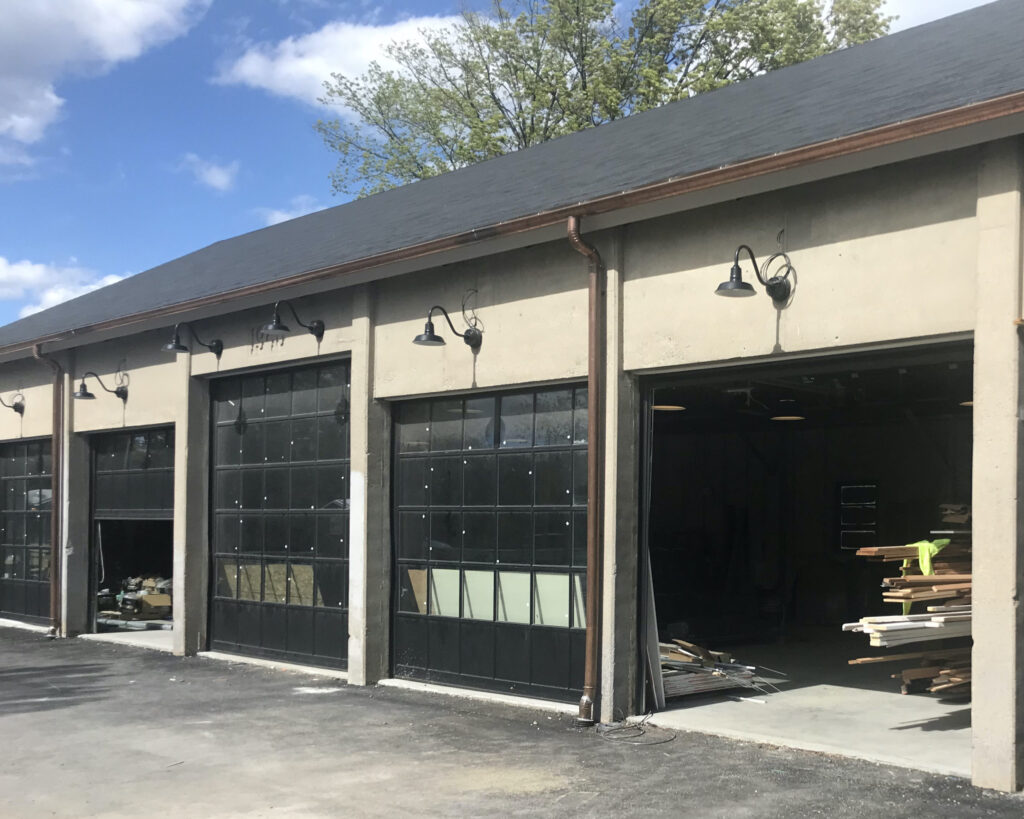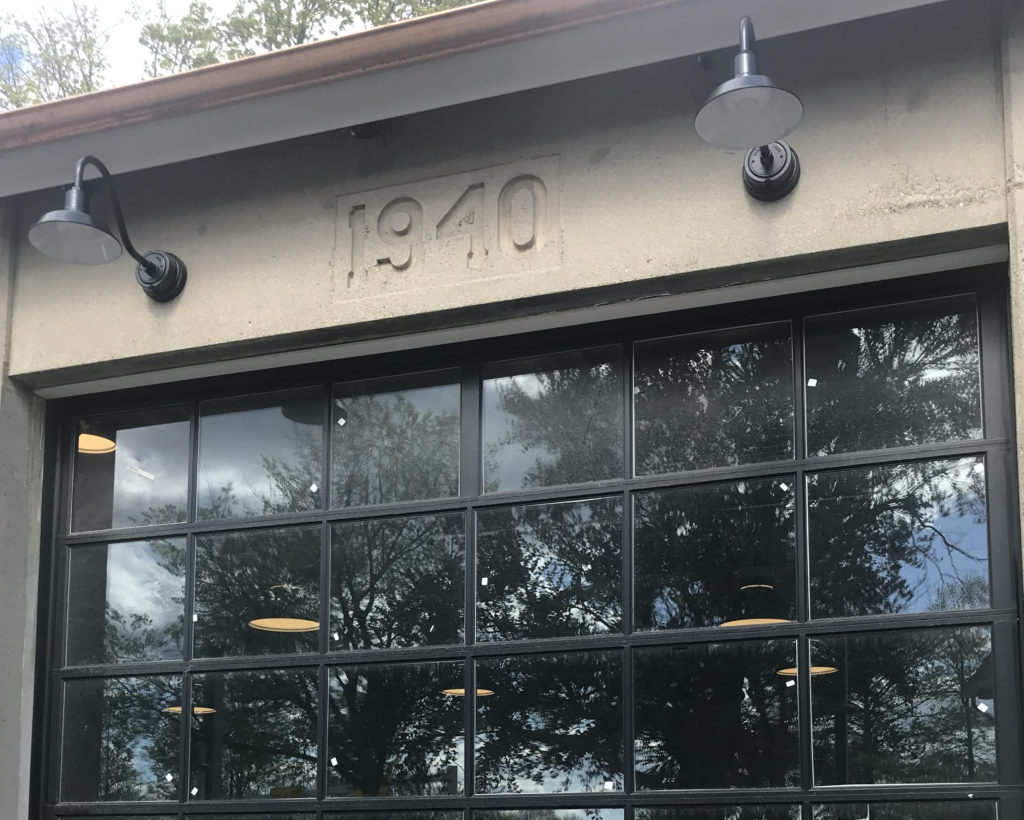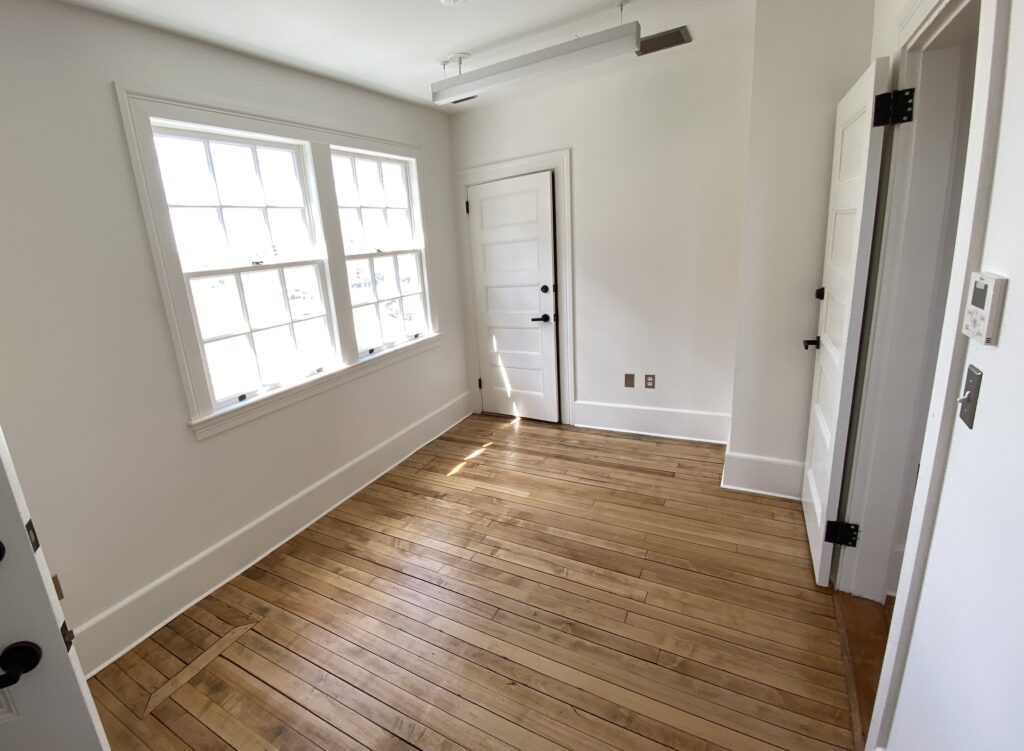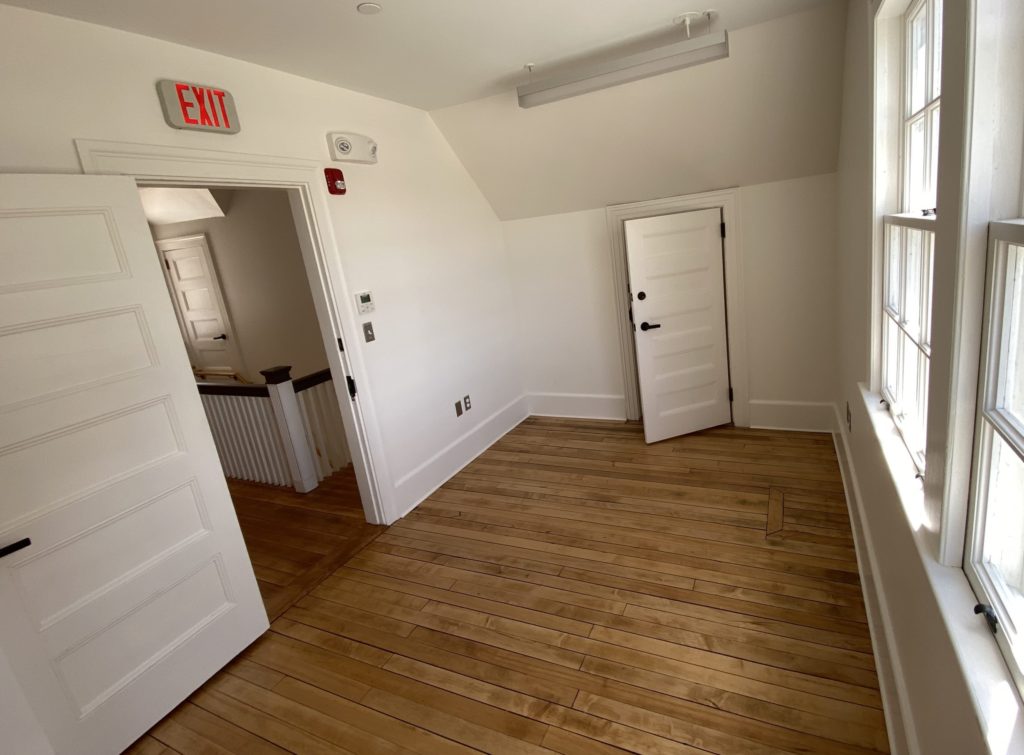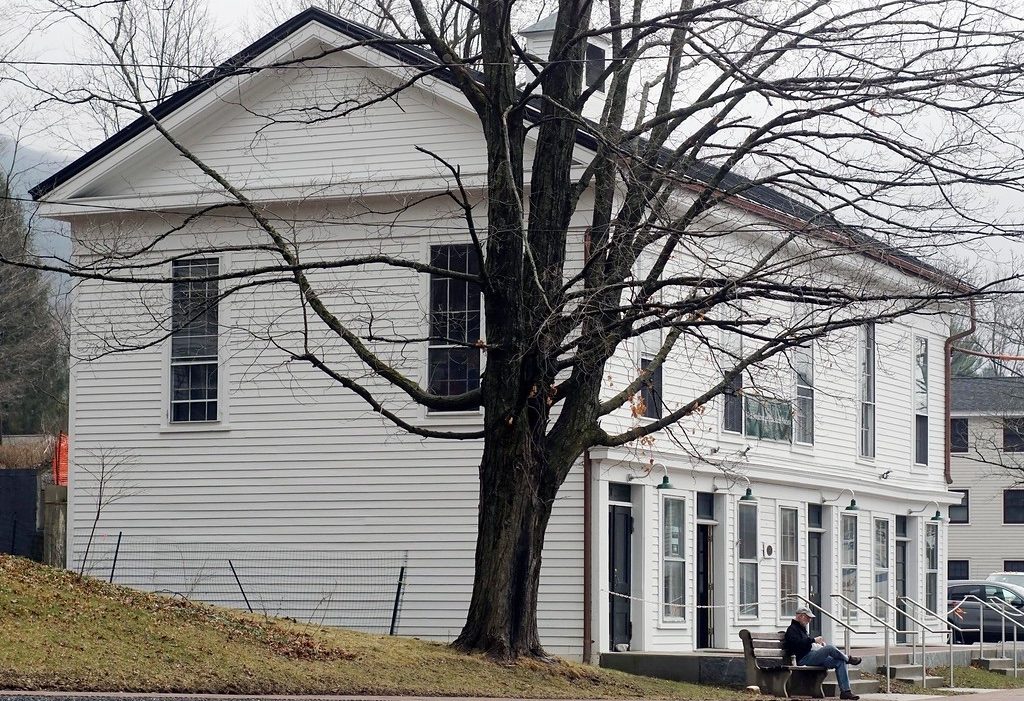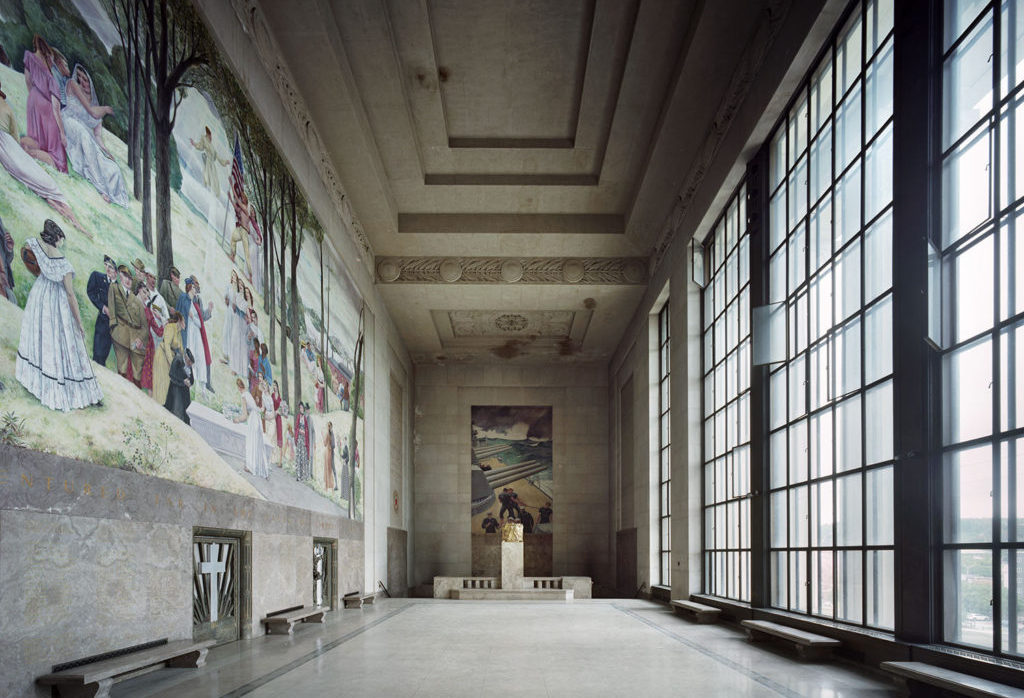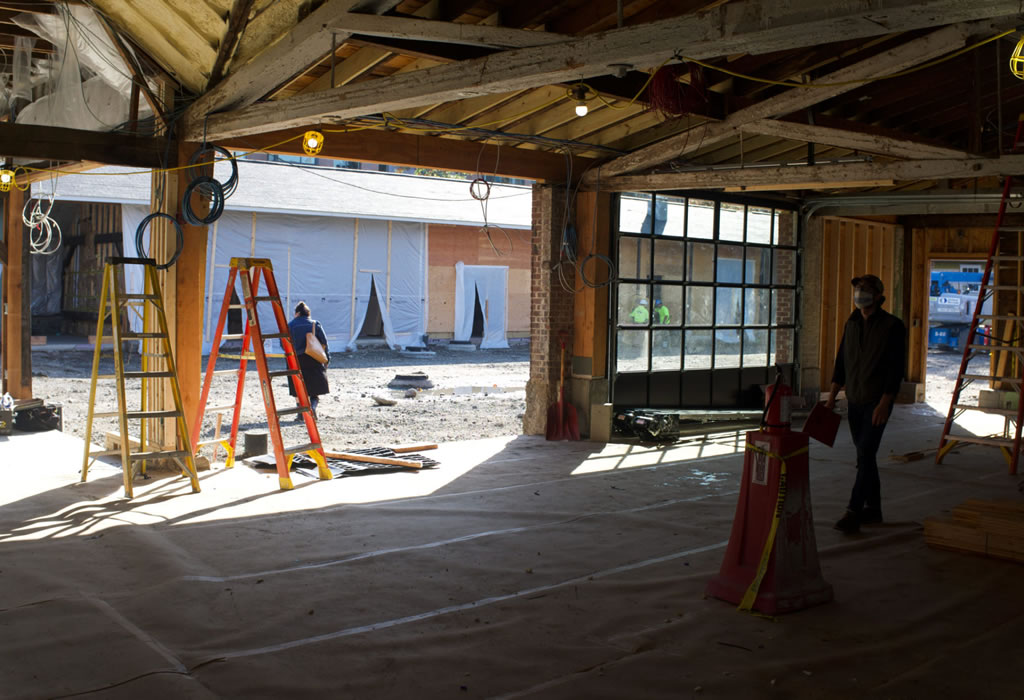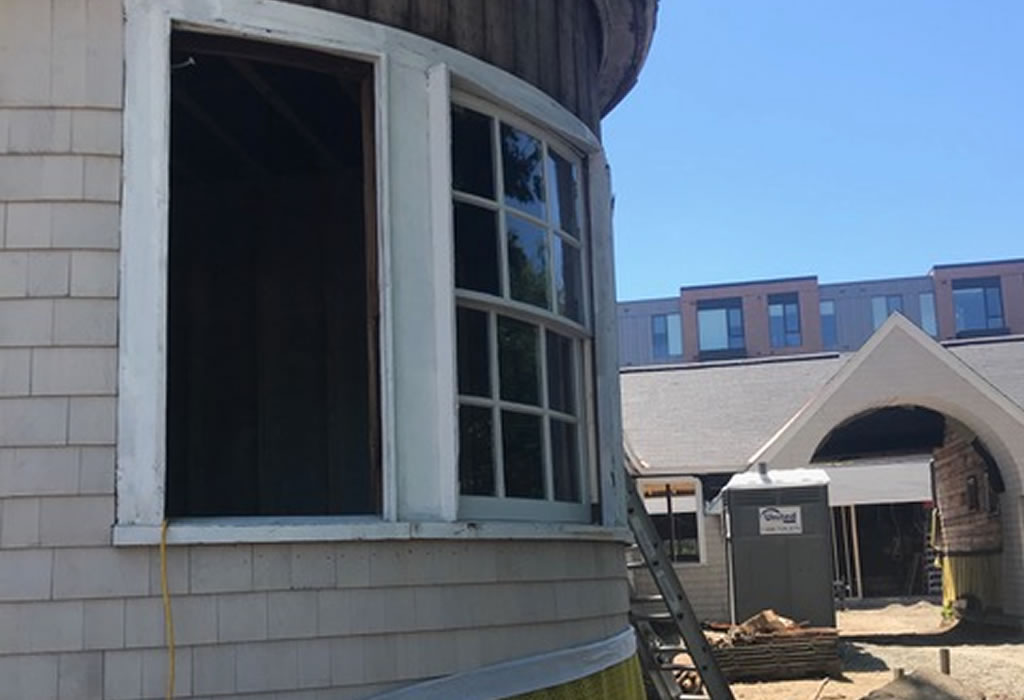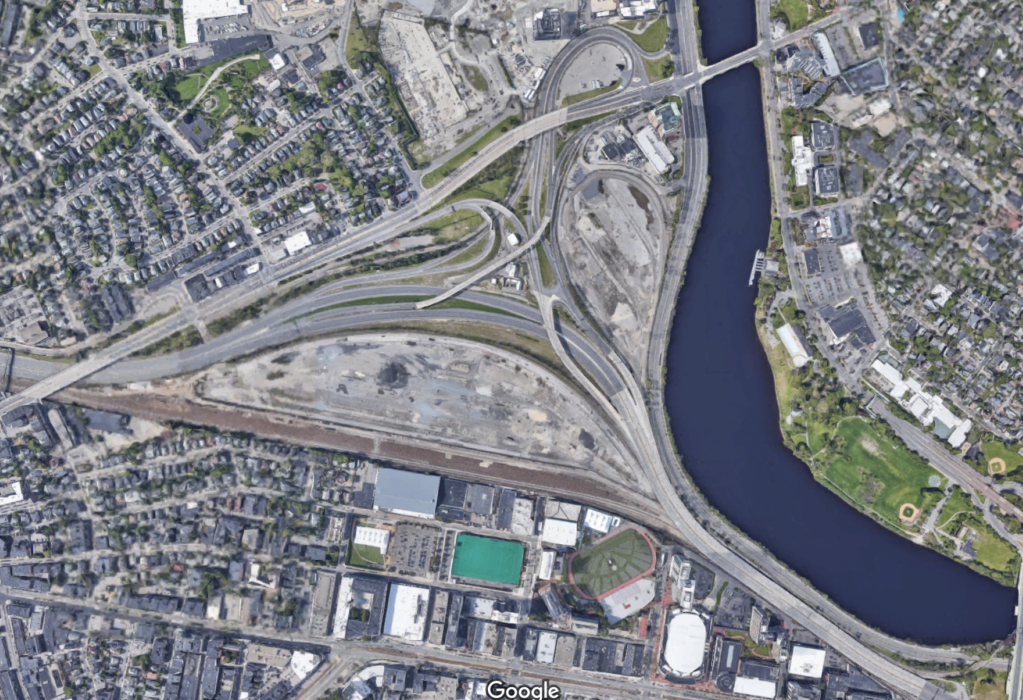2021 Year in Review
By all accounts, 2021 was a complicated year. While we came out of the worst of the pandemic and saw projects move forward in significant ways, there is still a sense of unease about the virus and how to operate in this ever-changing world. We have all learned to pivot again and again, to stay flexible, and to roll with the punches. But one thing is clear: we understand how AHF’s work to help communities spark economic and cultural growth is more important than ever. We are proud of what our team and our partners have accomplished this year – with grit, grace, and a lot of determination. Here are a few of our 2021 highlights.

The Speedway
2021 was the year that we took this complicated historic preservation project from a construction site to a living, breathing, revitalized destination to eat, drink and gather. Notch Brewing opened their taproom and biergarten over the summer, and this fall saw the openings of several Courtyard vendors and The Speedway’s flexible event space, Garage B. And we are just getting started: just wait until you see what 2022 will bring to The Speedway!
We were also so pleased to be a part of this video about DCR’s Historic Curatorship Program. We value our role in this important program that leverages private investment in the rehabilitation and reuse of significant historic properties, and were happy to talk about the experience on camera. Look for AHF’s Kara Anderson sharing some of her thoughts about our involvement with The Speedway! Bravo to Kevin Allen and the DCR team for putting together this important and compelling resource.

The Worcester Auditorium
As we moved ahead with one of our largest and most ambitious projects to date, the Worcester Memorial Auditorium, we took a significant leap forward: hiring Jake Sanders to be the Project Executive. The redevelopment effort, which aims to convert a five-story performance venue and memorial into an academic digital innovation lab, esports arena, and cultural center, is complex – to say the least. We needed someone on the ground that is smart, tactical, and knows Worcester through and through. With Jake, we found our ideal project executive, who is poised to lead the project into the next major phase in 2022.
Born and raised in Worcester, Jake played an integral role in the relocation of the Worcester Red Sox and the construction of Polar Park as a member of the negotiating and construction teams while employed by the City. While working for the City of Worcester, he spearheaded the redesign of the city website, created the process by which cannabis establishments would be allowed to operate, and represented the City with state and federal officials, corporate partners and community leaders to secure financial resources and strategic opportunities. You can read more about Jake and his role with the project here – but we really loved what U.S. Congressman Jim McGovern had to say about both: “The Worcester Memorial Auditorium is an architectural masterpiece, a magnificent monument to the veterans of World War I, and one of the crown jewels of our city. I’m thrilled that Jake Sanders will be leading the effort to turn this diamond in the rough into a downtown Worcester destination, and I look forward to partnering with him and his team as we bring this incredible venue back to life.”

Tax Credit and Grant Consulting
2021 was a year when we saw a lot of stuck projects get moving again. Over the years, we have learned a great deal about using historic tax credits and grants to take on “impossible” projects, and we love to bring that collected knowledge to partners across the region.
We worked with Trinity Financial to prepare Historic Tax Credit applications for the historic Marriner Mill in Lawrence, which will be kicking off construction in 2022. The project, known as Top Mill, joins a series of adaptive reuse efforts in Lawrence’s Arlington Mills Historic District, including Trinity Financial’s adjacent project at the Van Brodie Mill (now known as Arlington Point), that have revitalized vacant industrial buildings as much-needed residential space.
Our team continued to offer grant assistance and adaptive reuse guidance to projects like the Wright Building in Pittsfield, Cogswell School in Haverhill, North Brookfield Townhouse, the North Schoolhouse in Mt. Washington, and 343 Main Street, an underutilized anchor building in Great Barrington. Learn more about our current projects here.
Lastly, we harnessed the power of the Commonwealth’s new Underutilized Properties Program, assisting five applications for projects across the state. The program targets underutilized, abandoned, or vacant properties by supporting efforts that eliminate blight, increase housing production, support economic development projects, or increase the number of commercial buildings accessible to individuals with disabilities. In its first year, the program is funding 20 projects, totaling $7,516,000 in awards. More exciting information to come on these awards in 2022 – we have lots to share!

Our new branding – and our big move!
After a three-year strategic planning effort, we rebranded Architectural Heritage Foundation as AHF to reflect a shift away from historic property management to preservation-oriented development in under-resourced communities. We overhauled our website, shifted our focus, and after five decades at Old City Hall, we also moved our offices to The Speedway. The big move was partly an adaptation to the COVID economy, but primarily an effort to have a stronger presence in the communities AHF serves. Relocating to North Brighton allows AHF to strengthen its ties with the local community while emphasizing its commitment making preservation an option of “first resort” in historically under-resourced areas.
Architectural Heritage Foundation is a 501(c)3 dedicated to stimulating economic development in disinvested communities through historic preservation. Follow AHF and its projects on Facebook, Twitter, Instagram, and LinkedIn.
